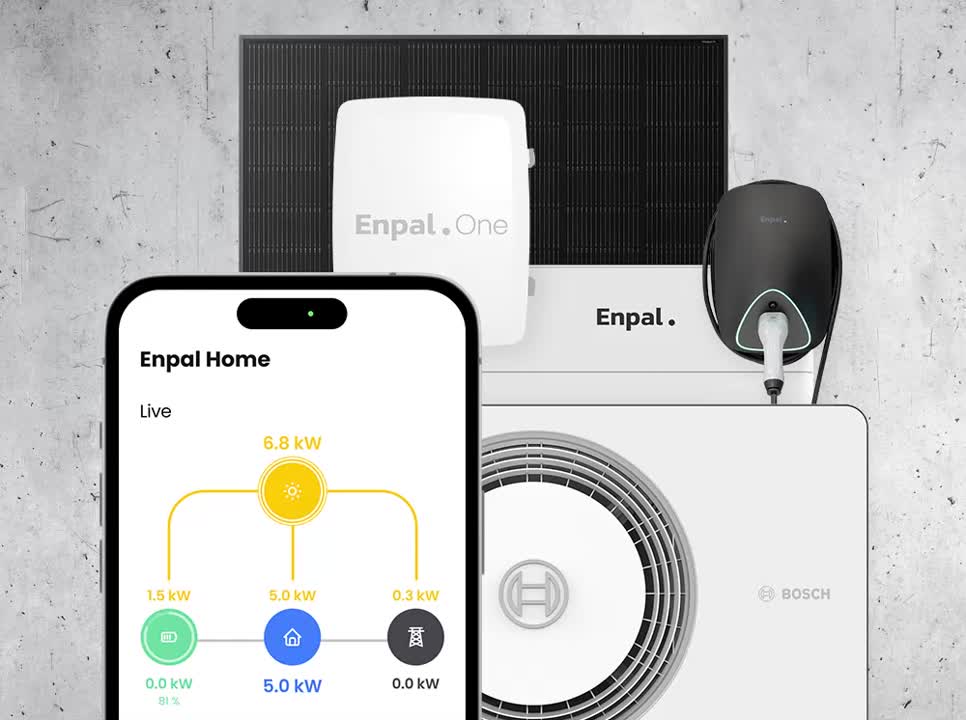When I was writing a previous blog about Information Asymmetry and how European conquerors used it to scam indigenous societies of America, I was desperately looking for reliable sources that had information about the Conquerors trade practices. I thought to myself, for sure there is an AI tool that can handle my problem. After a short search I already found a fitting one. The name of the tool I found is Elicit. It is completely free, and you only have to create a personal account. Once, you do that you are greeted with a starting page and a search bar, similar to ChatGPT. In that bar you can ask whatever you want and Elicit will give you various scientific papers that deal with the topic of your search request. The AI also mentions the top 4 most fitting papers up top and briefly summarizes each of their contents. After conducting some testing about the reliability of the outputs I was satisfied and immensely happy about my discovery.
To me this discovery will be an absolute game changer. Finding fitting sources in a short period of time and without having to read through the whole paper was a huge pain point during my bachelor thesis. If would have known Elicit during that time I could have surely saved a lot of time. I very often found myself wanting to state something, that I thought to be right, without having the according scientific paper as proof, at hand. Elicit would have solved exactly that problem.
Elicit does not only benefit students but researchers as well. By quickly identifying relevant sources, it reduces the time spent on literature searches, allowing researchers to focus on experiments, data analysis, and conducting surveys. This efficiency can lead to more scientific papers being produced, as researchers can dedicate more time to advancing their work and driving innovation.



